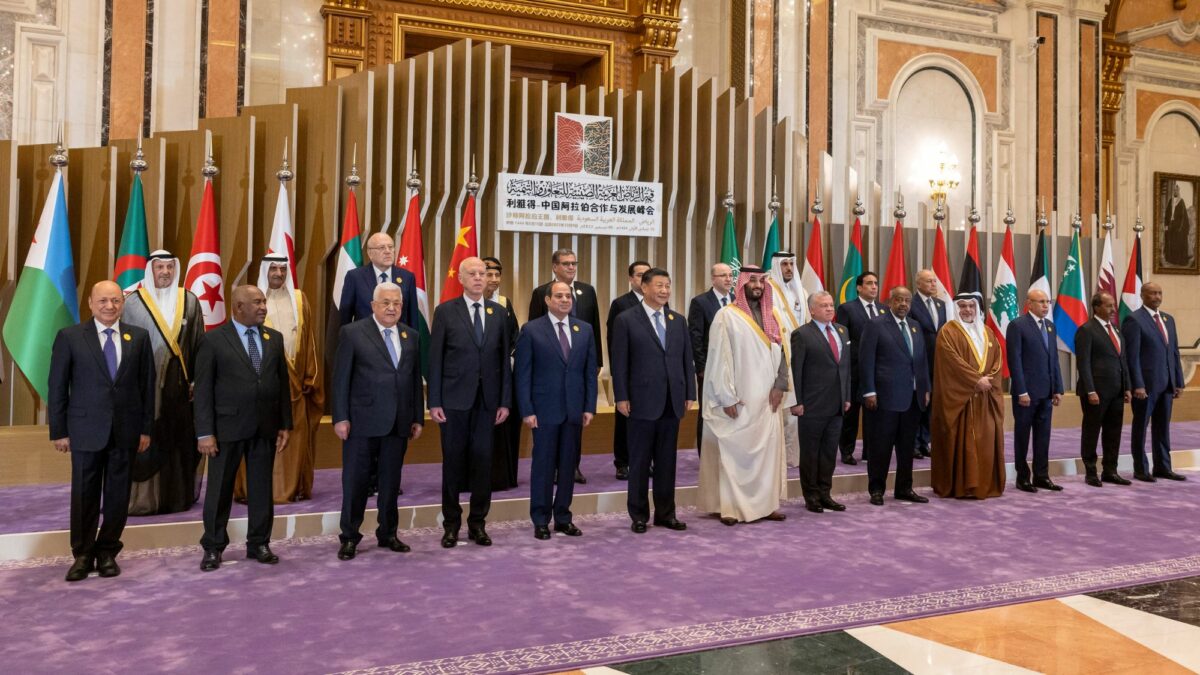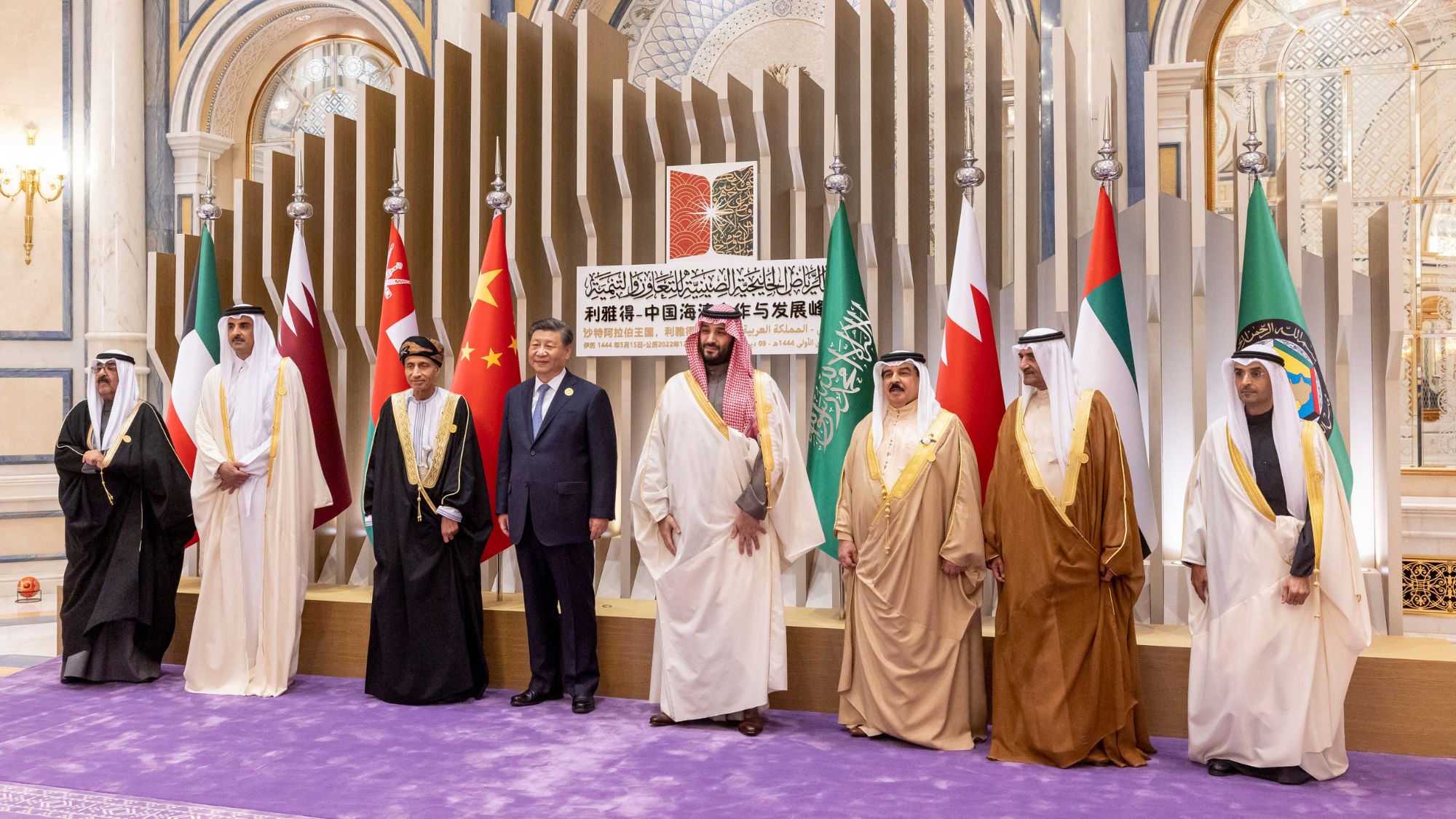ABU DHABI, UAE — The Middle East and China have a long and complex history of relations. In recent years, as both regions aim to bolster their economic and political clout, these ties have deepened.
Economic relations between the Middle East and China have been flourishing in recent years, according to Invesco’s study “East meets East: Economic links between the Middle East and China.” As the region pushes for economic and strategic diversification, its ties with China are set to strengthen further.
Areas like energy, finance, infrastructure, the Digital Silk Road, clean energy, and tourism form the foundation of the strategic China-Middle East alliance, poised to propel future collaboration. According to the study, energy currently remains a major source of income for the Middle East, with the region’s producers accounting for half of China’s total oil imports.
China is the largest customer for Saudi crude oil and the largest purchaser of Middle Eastern oil globally. The study predicts that cooperation in the energy sector will remain active for the two parties. A recent example is the 27-year agreement signed by a Chinese state-owned energy giant to buy liquified natural gas (LNG) from Qatar, marking the longest term for such a gas deal that has ever been brokered.
Furthermore, China is a major trading partner for Middle Eastern economies, with trade doubling between the two from 2020 to 2021 (China accounted for 16.7 percent of the region’s total trade in 2021)

The China-GCC free trade agreement (FTA) negotiations have been ongoing since 2004. With Chinese President Xi Jinping’s historic visit to Saudi Arabia in 2022 signaling a major shift in the strategic relationship between China and the GCC, progress on the discussion is highly likely.
In the financial sector, Middle Eastern economies and China have intensified their banking and payment systems integration, bolstering trade and investment flows. Notably, Saudi Arabia was reported to consider accepting yuan instead of dollar payments for oil sales in 2022. Meanwhile, Chinese President Xi Jinping called for the adoption of the PetroYuan at the China-Gulf summit in Riyadh in 2022.
The two parties have also worked towards the expansion of central bank swap agreements. In addition, China is actively promoting its Cross-Border Interbank Payment System (CIPS) internationally, which could be extended to the Middle Eastern economies in the future.
Additionally, there are growing linkages between China’s state capital and the Middle East’s sovereign wealth funds. In 2015, a US$10 billion UAE-China Joint Investment Fund was established by Mubadala, China Development Bank Capital, and China’s State Administration of Foreign Exchange.
Conversely, China’s Belt and Road Initiative offers mutual infrastructural benefits for both regions. For example, the Middle East provides a market for Chinese goods, construction contracts, and investment opportunities in infrastructure, manufacturing, and the digital economy. This aligns with China’s Belt and Road Initiative that has garnered the cooperation of 21 Arab countries and the League of Arab States.
In the first half of 2022, Saudi Arabia received US$5.5 billion in investments and contracts through China’s Belt and Road Initiative, more than any other country. In addition, many projects in Middle Eastern countries have been backed by Chinese money.
Endorsed by Chinese officials in 2015, the Digital Silk Road strategy aims to promote digital infrastructure, smart city, and cross-border e-commerce in the Belt and Road region. Aligning with the Economic Diversification 2.0 path, the strategy emphasizes fintech and digitalization. China and the Middle East have enjoyed close digital cooperation, as evidenced by the presence of major Chinese technology giants that are bringing their knowhow to the region. With Middle Eastern institutions showing continued interest in advanced Chinese technologies, digital cooperation between the two markets is expected to continue.
Clean energy is another high-priority area for Chinese policymakers. China dominates the global manufacturing industry for renewables, accounting for 72 percent of global solar manufacturing and 50 percent of global wind turbine manufacturing. Under its Green Silk Road drive, the country has actively cooperated with Middle Eastern governments to build green infrastructure. Europe and India are already collaborating with Middle Eastern economies on green initiatives, and China is likely to soon follow suit.
Regarding tourism, the Middle East sees Chinese tourists as a significant market. Their number in the UAE surpassed 1 million back in 2017, and China has accounted for the largest share of overseas tourists in Abu Dhabi since 2017, overtaking India. China’s 2023 reopening after the COVID-19 pandemic could give the tourism sector yet another boost.
The burgeoning China-Middle East alliance holds promise in transforming regional capital dynamics and the economic prospects of both regions. In recent years, officials from Middle Eastern sovereign wealth funds (SWFs) have focused a larger proportion of their portfolios on Asian economies, especially China. All evidence is also pointing toward more capital and trade flows from China to the Middle East.
These positive investment flows are poised to support asset prices in both regions. Sectors such as clean energy, fintech, and digital and traditional infrastructure show high growth potential, and investors should pay close attention to related investment opportunities.







